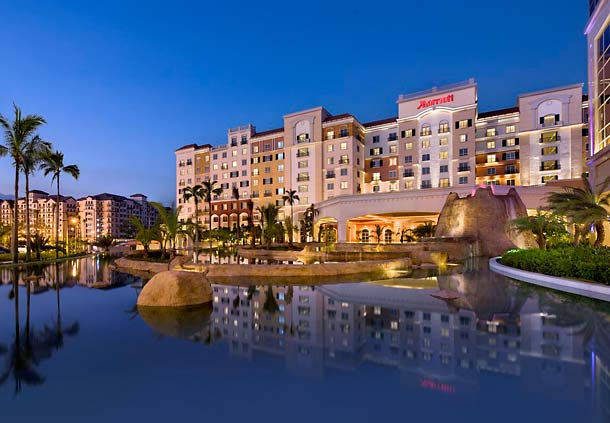SUMMARY
This is AI generated summarization, which may have errors. For context, always refer to the full article.

MANILA, Philippines – Social media allows us to peer at society’s collective thoughts at the moment. Whether it’s a reaction to a political event or just some random afternoon thought, it’s an instant look at what people are feeling, thinking or doing at the moment.
If you have any entrepreneurial inclination, you’d know that the information you get from social media can be used to engage your customers better. Look at fastfood chain McDonald’s. When the “pen-pineapple-apple-pen” video proved to be a hit among netizens, it wasn’t that long before they created an ad for their product, the apple pie, that referred to the strange video. That’s just one example of how a business can react to what the customers are currently obsessing on.
In the US though, this sort of social media monitoring has been taken to a more extreme level by a number of businesses.
Case in point: the popular hotel chain Marriott International, Inc. which has put a team and the right tech in place to monitor social media activity within the hotel premises, according to CNBC.
Geo-fencing
Using geo-fencing, a tech that uses GPS or radio frequencies to define geographical boundaries, Mariott monitors social media posts made by their customers from within their properties worldwide.
Depending on the nature of the post, Marriott can either use it as a sort of suggestion to better their service or as a way to give an add-on to enhance customer satisfaction.
For example, if a guest is having her birthday celebration in a Marriott hotel and posts about it on Facebook or Twitter, the company can theoretically see that post in real-time and in reaction, send a congratulatory message or even a gift to her room.
Marriott’s geo-fencing capabilities are housed in its M Live Studio, the company’s global marketing real-time command center. Currently in 3 locations (Florida and Maryland in the US and Hong Kong), M Live identifies social media posts and trends relevant to Marriott’s 19 brands and over 4,300 properties worldwide. They are able to collect and filter these posts through a platform called HYP3R.
It’s insane, and is vaguely reminiscent of a scene in The Dark Knight where he uses some technology that turns every phone in Gotham City into a surveillance device. It practically transforms the idiom “the walls have ears” into a reality.
Marriott is doing it globally, too. “M Live helps us do this on a global scale. We can track and respond to conversations that are either directly related to our brands, or that are trending among travelers where we see an opportunity to integrate in real-time. Through these interactions, we can create a deeper level of engagement with our guests,” states David Beebe, a marketing vice president at Marriott International in a release on their corporate website.
A question of privacy
M Live’s capabilities, while impressive, also puts the spotlight on digital security. Essentially, Marriott is, using geo-fencing, spying on our social media conversations. The company has said that they’re only out to improve their services and enhance customers’ stay in their facilities. They also say that guests are appreciative when the company engages them in social media.

Still, there might be a few who’ll balk at the idea of essentially being stalked. So, if the thought of a big company monitoring your posts and tweets freaks you out, you can set your settings to private and rest easy. Mariott says the technology only allows them to collect public posts.
A growing digital trend?
Marriott isn’t the only brand that’s using geo-fencing to interact with their audience. Various sports teams in the NBA, NHL, and MLB are already using this tech while other big companies like Disney and Pepsi are doing it too.
At its best, the technology allows the physical establishment to be more reactive to human needs, to somewhat feel more alive than merely being blocks of steel and concrete.
With a team listening, businesses may be able to react immediately to complaints or other incidents happening within their premises, and it feels like a step toward making business establishments smarter. As for the customer? It’s another avenue for which one can connect with a business, hopefully in a way that enriches.
Is this a kind of technology you would like to see in establishments or is it something that you’d feel uncomfortable with? – Rappler.com
Add a comment
How does this make you feel?
There are no comments yet. Add your comment to start the conversation.